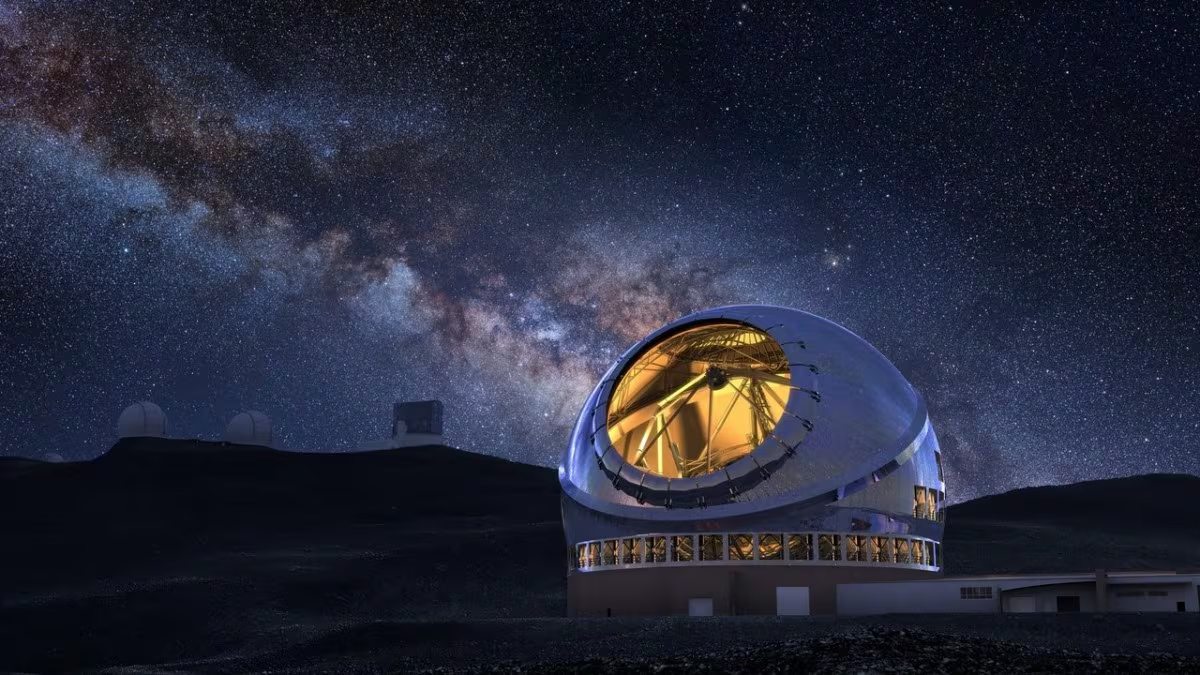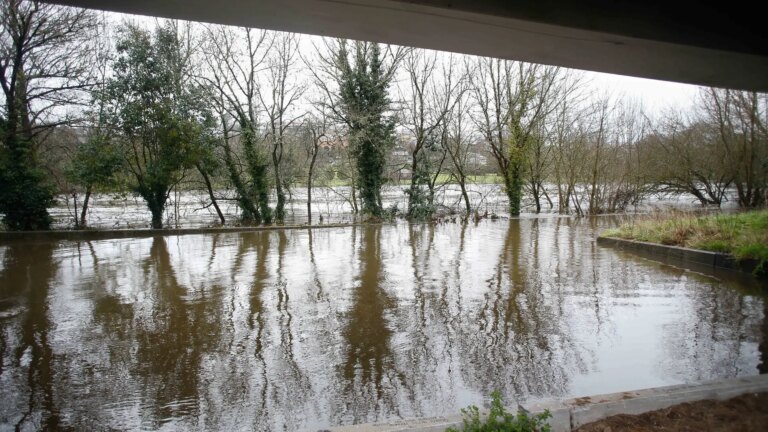
The Northern Hemisphere’s largest telescope is now a little closer to Spain. The Thirty Meter Telescope Consortium has announced that it is considering bringing the facility to La Palma in the Canary Islands following a “generous offer” from Spain’s Ministry of Science.
In July, Diana Morant, Minister for Science, Innovation and Universities, pledged €400 million for a facility to be built on the Canary Islands’ island of La Palma. If the proposal ultimately convinces the consortium managing the project, Spain will replace the Canary Telescope as the headquarters of the largest optical astronomical observatory in the northern hemisphere.
The body managing the €3 billion project said the proposal was an “opportunity” to make it a reality. Although the final location has not yet been decided, the organization announced today that it will “work with the Ministry of Science, Innovation and Universities to develop a detailed roadmap for the realization of TMT at the Roque de los Muchachos Observatory (La Palma, Spain).”
The board of the Thirty Meter Telescope (TMT) recognizes the credibility of the Spanish government’s proposal and is moving forward with a roadmap for its installation on La Palma Island.
We are continuing our efforts to transform the skies of the Canary Islands into the Northern Hemisphere’s leading observatory. https://t.co/9VgtJqYyvC
— Diana Morant (@DianaMorantR) November 12, 2025
The project, promoted by the United States, was initially carried out on Hawaii Island, but is now on a tightrope after President Donald Trump’s administration withdrew funding. La Palma had already been chosen as an alternative location due to its high quality skies, so this reduction represents the clearest opportunity for Spain to bring back this state-of-the-art facility.
Construction of the TMT in the United States has faced fierce opposition from indigenous peoples, as it would be built on Mauna Kea, a mountain sacred to them and already home to several first-class observatories. In 2019, a telescope consortium made up of several universities in Japan, Canada, India, and the United States, including California, decided to move forward with the installation. But the Trump administration decided not to spend another dollar on the project, instead redirecting $1.6 billion to another major astronomical project, the Giant Magellan Telescope, to be built in Chile. The decision came as a surprise because a panel of U.S. scientists had recommended construction of both projects.
This effort currently faces great uncertainty. As Valentín Martínez Pire, director of the Canary Islands Institute of Astrophysics, explained to EL PAÍS, billions of dollars have already been spent on the design of the project, and billions more have been secured, but another thousand dollars are needed to build it. The astronomer believes the only way to obtain the remaining 600 million pieces is through a European initiative that guarantees full financing for construction, which will take 10 years.
The choice of La Palma will balance the scale of world astronomy. The world’s largest observatory is located in Chile, home to the headquarters of the European Southern Observatory, where the Very Large Telescope and the Magellan Telescope are being built. If TMT were to end up in Hawaii, the skies of the northern hemisphere would be left uninhabited and the potential for important discoveries, such as the discovery of a second planet, Earth, would be sidelined.
Defenders of the Canary Islands option have assured TMT that construction can begin immediately, as the project has all the necessary permits valid until September 2026.
The project will be key to the island’s economy, especially after the disaster caused by the Tahogaite volcano eruption. According to IAC calculations, around 400 million euros will remain for construction, approximately 150 jobs will be created for the observatory’s operators, and the operation will generate tens of millions of euros annually. The project will double the contribution of astronomy to the island’s GDP to 6%. Spain’s bet also includes an emergency situation. If the TMT does not arrive, the island’s astronomical facilities will become obsolete in about 10 years, the IAC director warned.
Residue treatment at Hawaii’s highest mountain, Mauna Kea, began in 2014, but never took off. Protesters blocked roads and halted construction. The plan was criticized on social networks with false campaigns claiming the facility was a laser weapon controlled by China and linked to nuclear energy. At the same time, a long legal battle began, which ended in 2019. Still, construction has been completely halted to this day.
Meanwhile, in Spain, this project has always had the support of all competent institutions at all levels. Former Minister of Science Pedro Duque was instrumental in introducing TMT to the Canary Islands. After budget setbacks in the US, a project to house this facility became possible again, and IAC began knocking on the doors of authorities to revive it.



